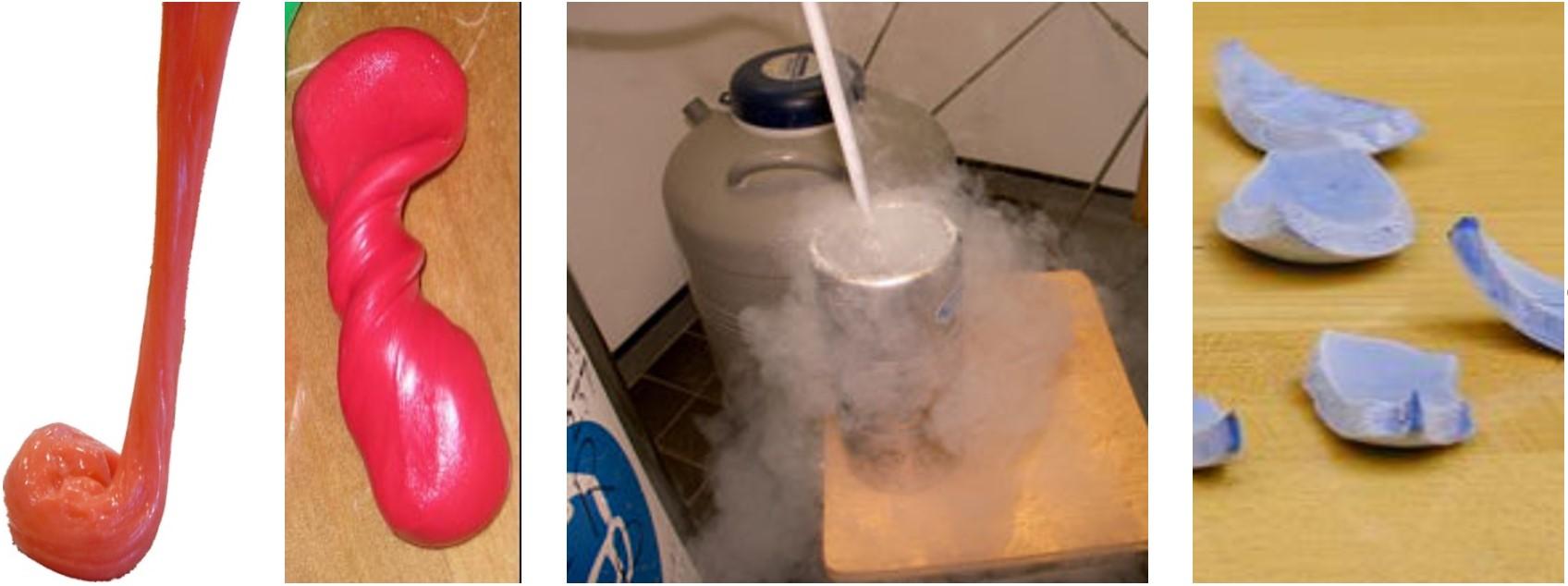Department of Materials Science and Metallurgy
Q&A Session 16:15 - 16:45 on Thursday 24th September
The Department of Materials Science and Metallurgy at the University of Cambridge is one of the world’s leading centres for the study of materials. Materials Science is an interdisciplinary subject incorporating elements of physics, chemistry, and biology where structures right down at the atomic scale are manipulated to affect the property of a material. Our society is crucially dependent on advanced materials from tiny semiconductor microchips in computers to the rugged alloys in jet-engine propellers. Materials scientists are interested in two key questions: firstly, why does a material behave the way it does, and secondly how can we exploit or change the properties of a material to make it even better? Researchers in this interdisciplinary department focus on engineering materials from the fundamental principles and work collaboratively with industry, government, and other international institutions for the advancement of technology. In addition to cutting edge research, the Department plays a major role in the teaching of materials science in the form of its popular four-year undergraduate course.
What will you see in our presentation?
The broad motivation of the exhibit of Materials Science is to demonstrate that the understanding and manipulation of materials at the microscale helps us to achieve new functionalities and applications in our day-to-day life. The experiments are designed such that
- They can be carried out within the constraints of a classroom,
- They utilize common and seemingly trivial materials
- The observations involve principles of materials science which are comprehensible without any prerequisites
Experiment 1 will demonstrate that the water solubility of certain polymers (Poly Vinyl Alcohol or PVA) can be tuned in a simple manner - with the addition of Borax solution - by cross linking the polymer chains together.

Experiment 2 will show that the viscosity of certain polymers, in this case Silly Putty, is entirely dependent on rate of change of the applied shear force by pulling Silly Putty quickly or slowly. Experiment 3 will demonstrate that the elasticity of certain polymers can be altered by the change of their ambient temperature above or below a certain value (known as glass transition temperature). First it will be shown that by reducing the temperature (by cooling in liquid nitrogen) of the polymer Silly Putty, it becomes brittle and breaks easily as opposed to its room temperature behaviour. Using Polystyrene (our day-to-day yogurt pots) we also demonstrate the other extreme of this effect, where the yogurt pot is shown to undergo extensive plastic deformation through controlled heating.
All the experiments will be accompanied by simplified explanations of the underlying physics as well a presentation with details and examples of how the properties of materials are carefully tailored to suit various everyday applications.
What physics is used in these experiments?
Materials science is fundamentally a subject that relies on understanding the structure-property-processing relationship. In line with this ethos, each of the observations involve the introduction (or modification) of external stimuli to influence the bonding and arrangement among the atoms and molecules of the materials. These experiments will demonstrate the subsequent changes in the material’s property is dependent upon the specific atoms/molecules themselves, the initial arrangement/bonding of these atoms/molecules, and the nature of the external stimulus (such as type, magnitude and rate of change). Altogether these apparently invisible modifications at the microscale decide the macroscopic properties which in the present demonstrations will be seen as changes in solubility, state, shape, and brittleness.
Why is it useful?
The study of materials science itself is largely related with two equally important objectives
- Understanding the properties of a material in its native, unprocessed forms
- Manipulating the properties of materials for new/improved functionality and cost-effectiveness.
From the ultra-wide spectrum of functional materials, this year’s demonstration focuses on a specific class called ‘polymers.’ Polyethylene is perhaps the simplest synthetic polymer. It is a hydrocarbon with only carbon and hydrogen atoms attached to a carbon backbone. Polyethylene is found in everything from carrier bags, to medical implants, to water pipes. But polymers are much more than the common plastic bags, packaging, or toys. They can be designed to dissolve in water, conduct electricity, or change colour or shape with the application of an electric field or heat. Polymers have always been around; natural polymers include the proteins that make up all living things, cellulose, starches, wood, silk, wool and natural rubber. It was not until the early 19th century that the first processed polymers were used. In fact, most synthetic polymers were discovered by accident! The introduction of processed natural rubber and the use of crude oil as a new source of organic compounds kickstarted the idea that polymers could be developed for specific purposes with specific properties. Interestingly, the properties of all polymers stem from their long chain nature of their molecular arrangement.
In our exhibition, we have carefully picked certain examples of some of the most widely used polymers, and designed physics-based experiments to demonstrate why materials behave the way they do. From this understanding of the structure-property-processing relationship, materials scientists are also able to push forward the current limitations posed by materials in virtually every technological sector of our society.
Further Information:
http://classroom.materials.ac.uk
Feedback:
More detailed feedback can be given here.
